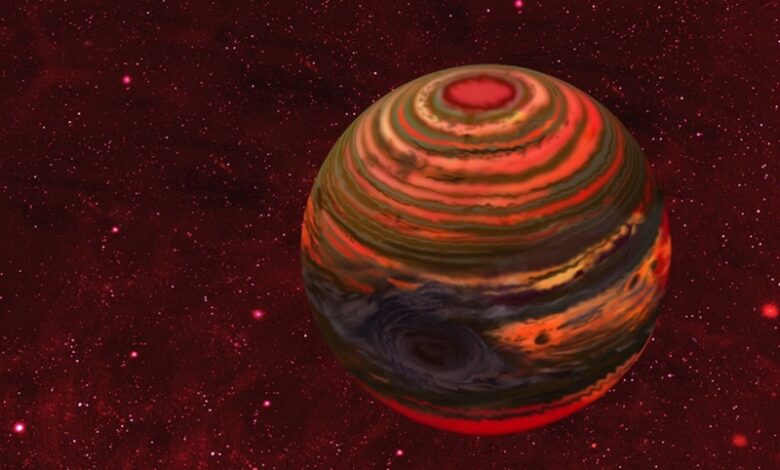Astronomers Discover Methane in the Atmosphere of the Closest T Dwarf Star to Earth
News Mania Desk / Piyal Chatterjee / 12th April 2025

Researchers have detected methane in the atmosphere of WISEA J181006.18 −101000.5, the nearest T dwarf to Earth. The research appeared in the online preprint journal arXiv on March 28, with the final revised edition released on November 17. The WISE1810 is a T dwarf planet with low metal content, located 29 light years away from our planet. The dwarf’s effective temperature is said to be between 800 and 1,300 K.
As stated in a Phys.org article, the discovery is significantly enabled by the current 10.4-m Gran Telescopio Canarias (GTC). The identification of methane in the atmosphere of the dwarf planet has reinforced its categorization as T-type rather than L-type, which had been proposed in earlier research, the publication states. The research additionally shows that there are no signs of carbon monoxide and potassium in the atmosphere of WISE1810.
The research additionally emphasizes that the carbon levels on the planet are estimated to be -1.5 dex, with the effective temperature potentially reaching about 1,000 K. The paper’s author also indicated that the T dwarf planet’s low metallicity might result from the absence of detected atomic potassium. Nevertheless, the report also emphasizes that a decreased temperature could enhance this effect. The research additionally revealed that WISE1810 possesses a heliocentric velocity of -83 km/s.
The 10.4-meter Gran Telescopio Canarias (GTC) plays a crucial role in completing observations of WISEA J181006.18−101000. Notably, earlier observations of the dwarf planet indicated that its atmosphere was primarily composed of hydrogen and water vapor. Furthermore, the research additionally shows that results suggest WISE1810 might be more closely linked to the Milky Way’s thick disk, even with its extremely low metallicity.





